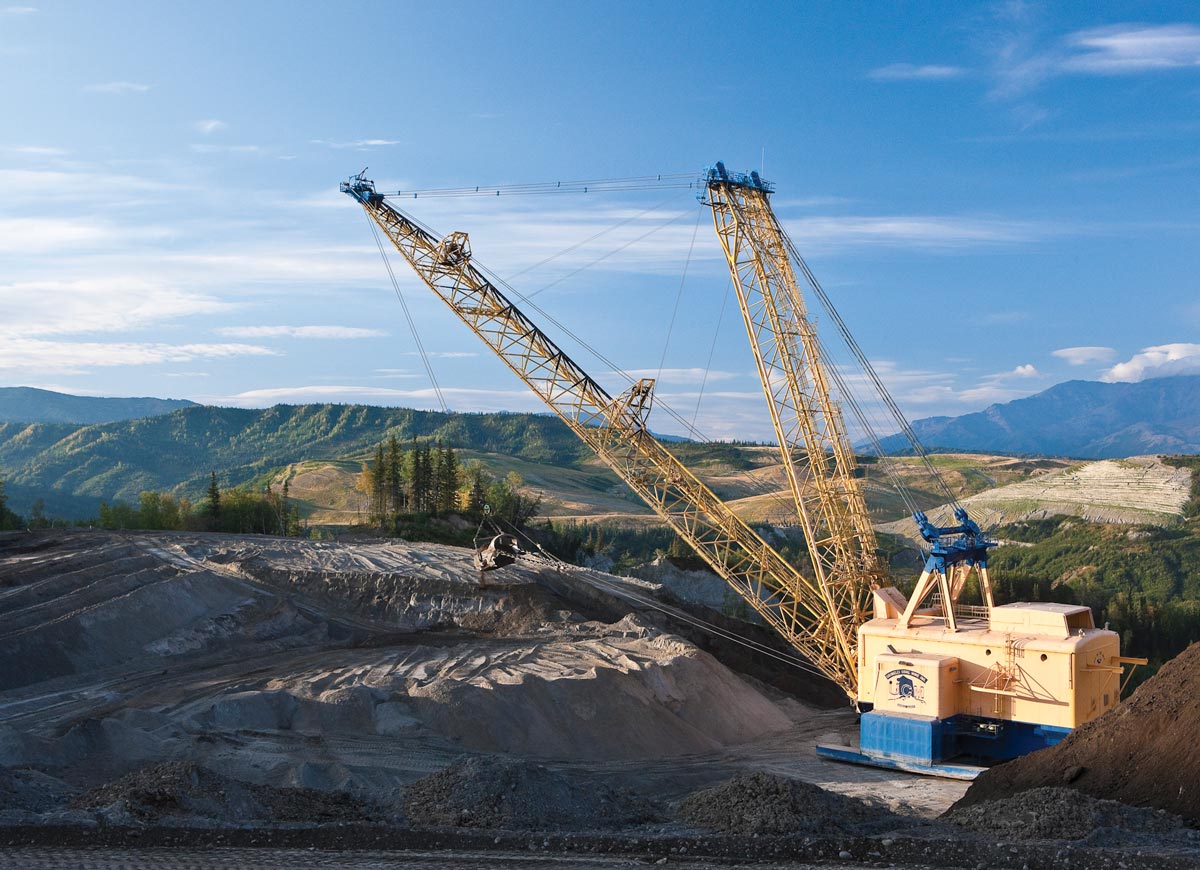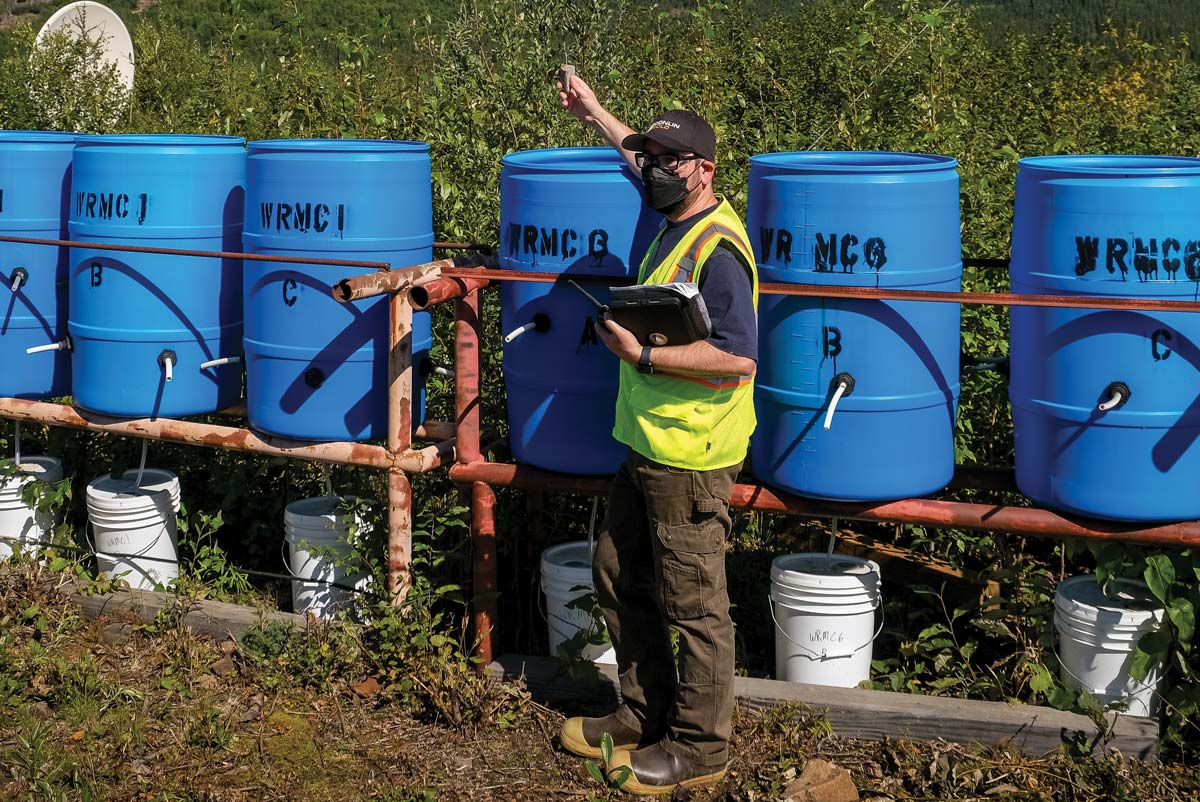ood communication is critical for any business or industry. This is especially true when developing natural resources in Alaska, where nothing is more indicative of a project’s success or failure than the quality of communication with stakeholders.
It’s not an easy task. The list of development projects that enjoyed early success or showed incredible promise only to be relegated to the dustbin of Alaska history is long. Of course, economics ultimately determines if projects move forward. But in many cases, the frequency and tone of communications plays an outsized role, ultimately impacting the economics.
So, what are some best practices, especially at a time when Alaska is poised to benefit from several new, large-scale development projects?
Like any work product, the best communication plans are detailed, include timelines, and are measurable. For large-scale projects, public opinion research is helpful in determining Alaskans’ attitudes about a specific project or proposal. Ideally, the results of that research inform the plan’s development.
The need to provide holistic data that seeks to inform is critical. Any effort to put out partially true or out-of-context information will almost always backfire, making the person or organization who said it appear to be playing “hide the ball” or, even worse, untrustworthy. “You must first establish why you’re a credible source of information on a given topic,” says Rebecca Logan, CEO of The Alaska Support Industry Alliance. “Then, take it a step further and provide information your audience is not getting anywhere else.”
That’s a reality the team at Donlin Gold has taken seriously since day one. The project maintains a longtime commitment to involving residents in the Yukon-Kuskokwim region. “Having a Community Relations team that grew up in the region helps maintain relationships and give perspective on life in remote communities, as well as how we can continue to be a good partner,” says Kristina Woolston, Donlin Gold’s external affairs manager. “It also helps us build trust in each community and gives them a comfort level in requesting more information.”


Deantha Skibinski, executive director of the Alaska Miners Association, agrees. “When a project is being proposed in a region, it is important to develop long-term relationships with the communities, residents, persons in authority, and other local people,” she says. “These can become supporters, educators, and advocates if the relationship is nourished and based on mutual respect.”
That said, a project’s success requires such communication. It is necessary to connect the dots in a way that links a project’s development with personal gain. Call it the “What’s in for me?” factor.
The best communications in resource development emphasizes people and makes emotional connections. It’s not just the barrels per day going into the pipeline (though that is undoubtedly welcome news) but regular Alaskans who are able to live and work in the state because of the investments being made by oil and gas and mining companies. It is the employee who can work two weeks on at the Donlin project and then return to their rural community and subsistence hunt during their two weeks off. The key is to emphasize people, not production. Show Alaskans what is in it for them and how communities stand to benefit from development in ways that resonate. Appeal, in an authentic way, to hearts and minds.
Carter Damaska | Alaska Business

Carter Damaska | Alaska Business
Woolston seconds this approach. “It starts with solid communication and willingness to have honest discussions about the project,” says Woolston. “We frequently offer updates to our stakeholders in the Y-K region. Sometimes they take us up on that offer and sometimes they don’t. But when we do receive requests for project information, we always provide it.”
Being available and accountable to stakeholders is something communications professionals at Usibelli Coal Mine also practice. “Community engagement is more than monetary contributions; it’s also engaging with stakeholders to showcase our best practices and communicate our commitment to continuous improvement,” says Lorali Simon, vice president of external affairs for Usibelli.
To communicate about commitment to communities and stakeholders, the public must observe that behavior on a consistent basis. For resource developers, this means community investment is particularly important. It can take the form of direct investments, like Donlin’s community assistance projects that focus on cultural preservation, education, environmental stewardship, community health and wellness, and economic development. Or, as the late Joe Usibelli Sr. once said, “You either give back, or you’re doing it wrong.” Usibelli Coal Mine even took the step of creating its namesake foundation, which has distributed more than $2.9 million to Alaska charitable organizations since 1991. At the Alaska Support Industry Alliance, it means organizing programs like “Alaska Advantage,” its effort to connect Alaska businesses with resource development work in the state.
Usibelli Coal Mine

Usibelli Coal Mine
Skibinski points to Donlin Gold’s communication efforts as an example to follow. “Their entrance into a drilling program was really well done,” she says. “They hired residents from the area and asked respected members of local communities to help prepare employees for camp life. Donlin listened, then acted on local advice. It worked and has been a tremendous success.”
For its part, Donlin Gold says it would like to recreate NANA’s success at Red Dog Mine. “Red Dog has helped provide $1.5 billion to Alaska Native corporations through the 7(i) revenue sharing agreement established in the Alaska Native Claims Settlement Act,” says Woolston. “Our Alaska Native landowners [Calista Corporation and The Kuskokwim Corporation] have clearly communicated with us their desire to replicate that success by sharing wealth created by the Donlin Gold project.”